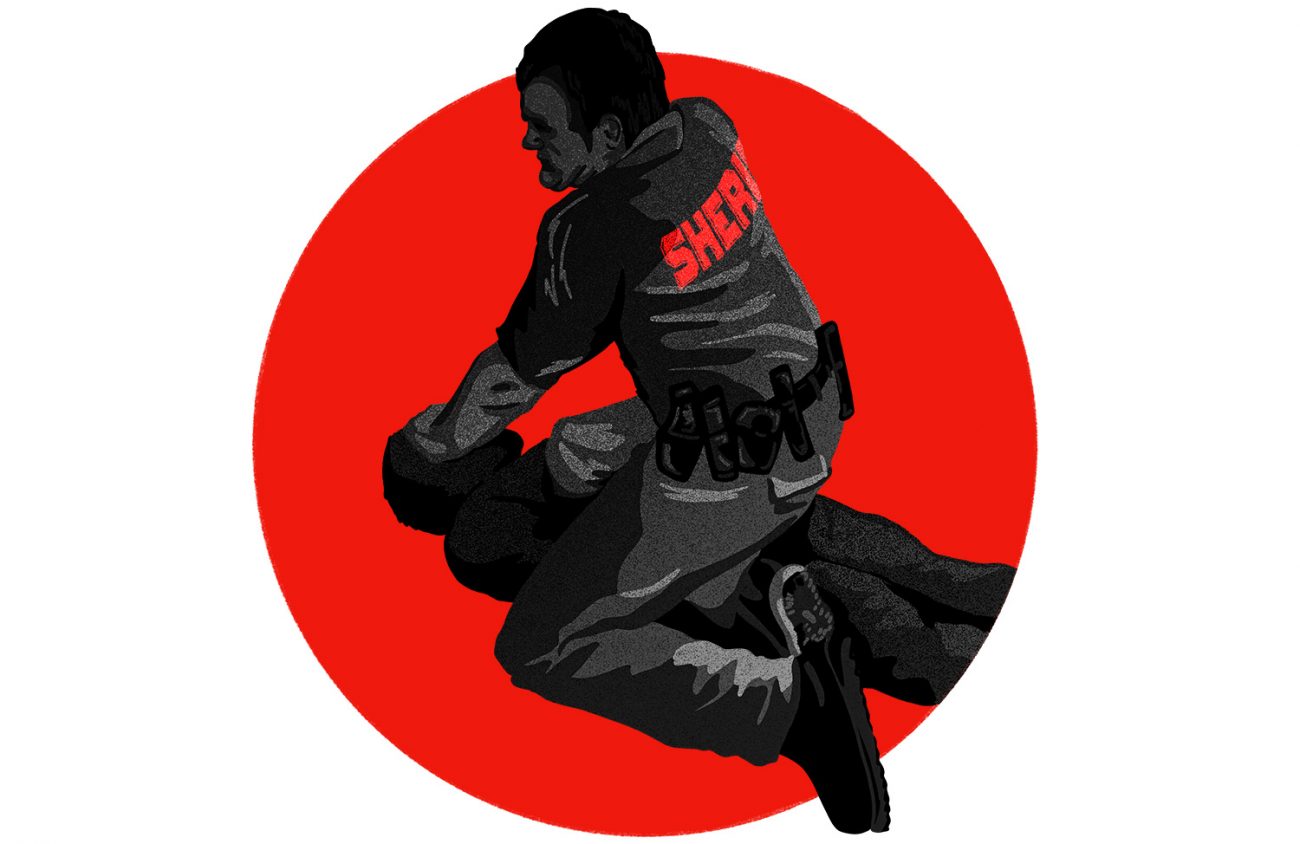The Eugene Police Department must produce the body-worn camera video of the arrest of Landon Payne that was requested by Eugene Weekly, according to an Aug. 12 order by the Lane County District Attorney’s Office.
In March 2020, Payne was arrested by EPD while in a mental health crisis. Instead of helping him they arrested him on an expired warrant for unpaid child support. During the arrest, he was restrained and Tased. He was then brought to the Lane County Jail, instead of a hospital. As they removed him from the police car, deputies again restrained him as well as kneeled on him. He stopped breathing and died two days later.
EW obtained video from the sally port, where people in custody are brought into the jail, but EPD refused to release the body worn camera footage that would give further insight into just what led to Payne’s death.
EW and Catalyst Journalism Project reporter Ardy Tabrizian filed a public records request in April 2021 for the body cam footage while Tabrzian was working on an investigative article on Payne’s death. That request was denied a week later. The city of Eugene wrote in its response that it “does not provide Body Worn Camera video.” Reporters Committee for Freedom of the Press attorney Ellen Osoinach helped EW and Tabrizian challenge the blanket denial.
Tabrizian called the DA’s ruling a “huge victory for the public in Lane County.” He adds, “It’s been frustrating to have to get to this point, but I’m thankful that the Lane County District Attorney’s office made the right call. I hope this outcome sets a precedent for police transparency in the county going forward.”
Osoinach wrote in the petition to the DA’s office that “Trust between law enforcement agencies and the people they protect and serve is essential in a democracy. One way to promote that necessary trust is to make police practices and procedures transparent, a concept known in 21st Century Policing as ‘trust and legitimacy.’”
In the ruling on the petition, the DA’s office writes the “City of Eugene Police Department is ordered to produce the complete segments of any body worn camera video recordings still requested by Petitioner capturing the interactions between EPD officers and Landon Payne, Cahoots, and Eugene/Springfield Fire related to the police response” in the case.
The video would be edited, per Oregon law, to make faces unidentifiable. And while EW requested the records in the public interest at no cost, the DA’s office writes that the city “may charge a reasonable fee associated with the editing and production of the requested records.”
Osoinach says, “We are pleased the Lane County District Attorney agreed with us that release of body worn camera video in this case serves important public interests. Body worn camera programs can promote police accountability but only when agencies allow the public to see the videos.”
